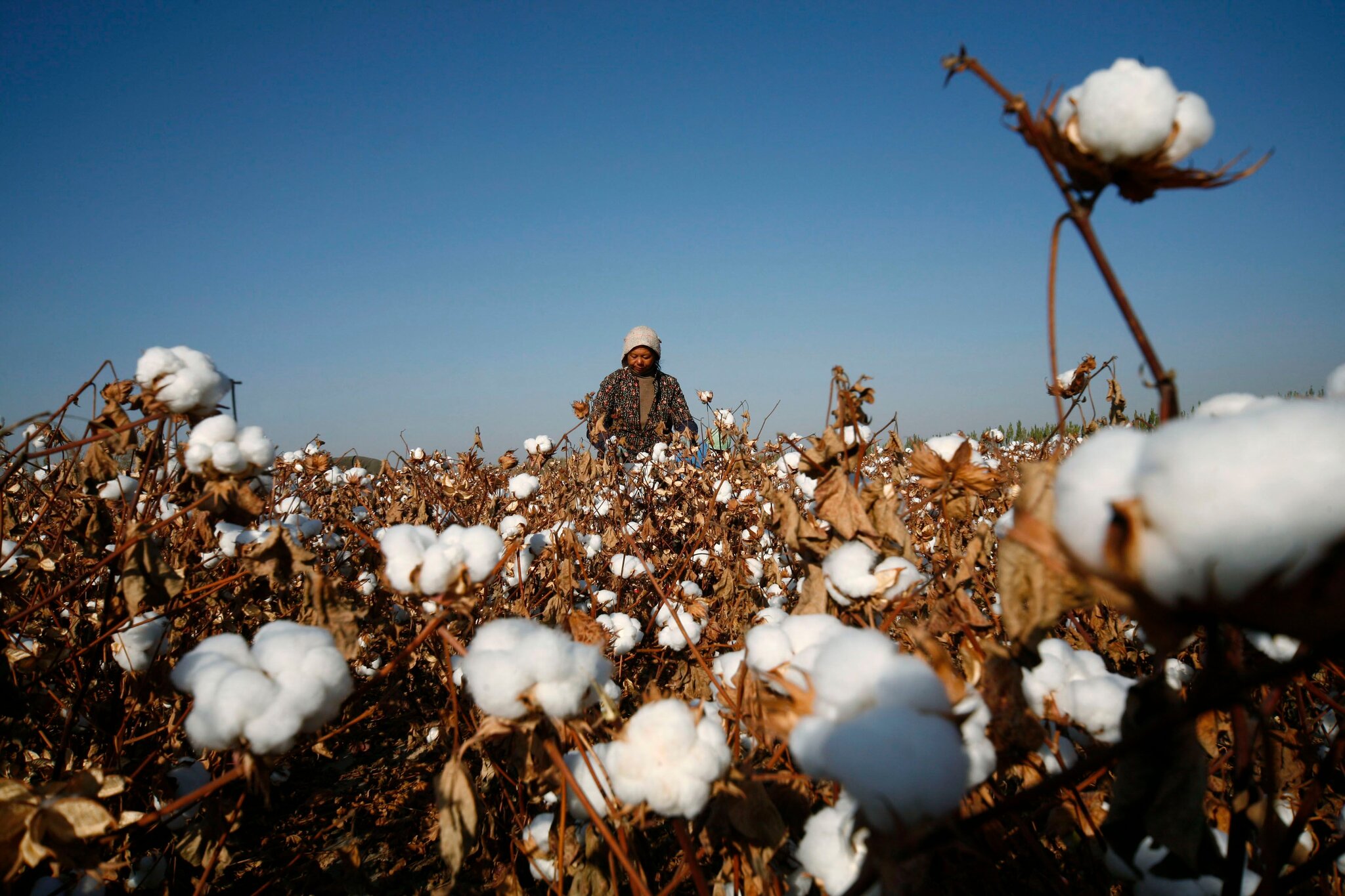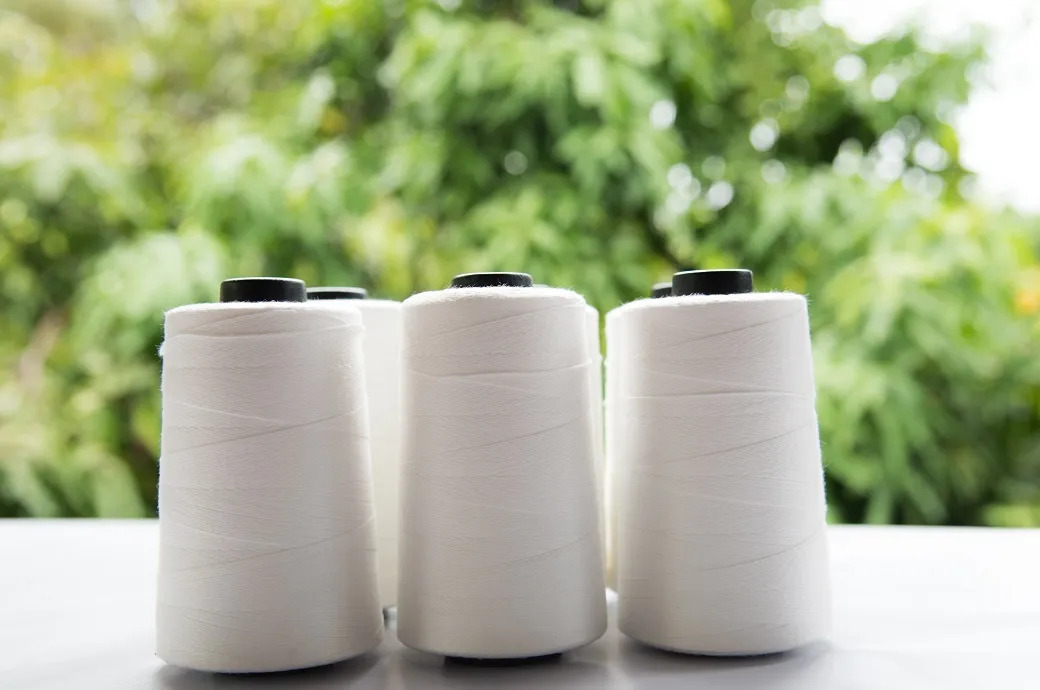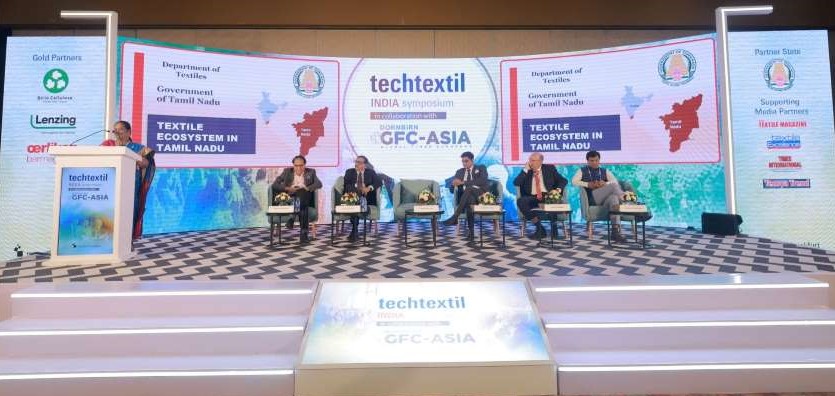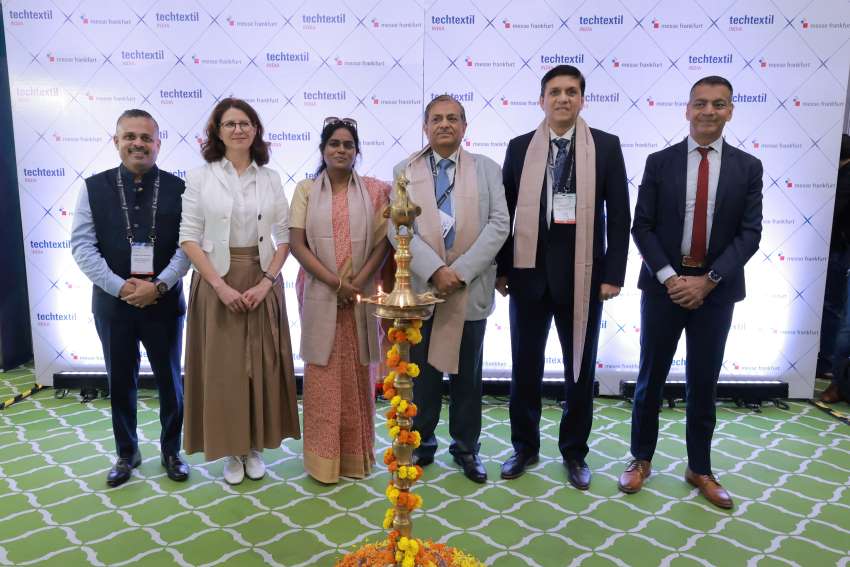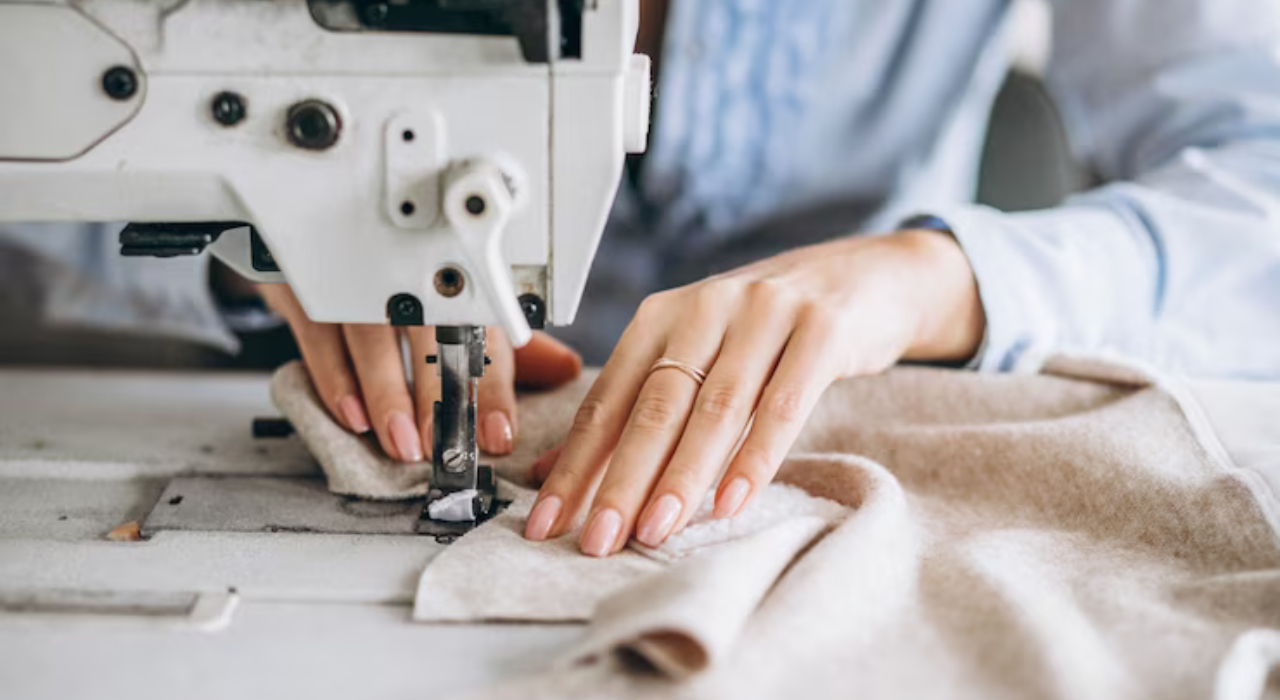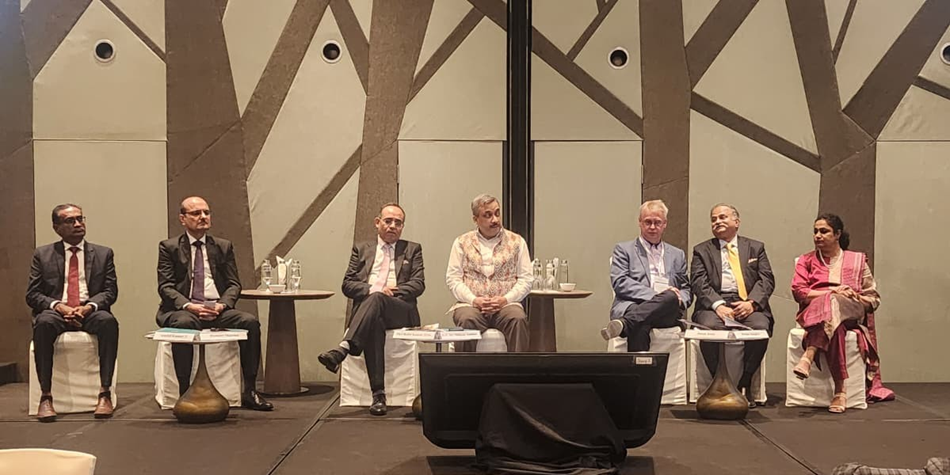FW
Under a special advance authorisation scheme, the government has introduced duty drawback of 3.2 per cent to 4.7 per cent (depending on the category) for exports of non-fabric inputs made from imported fabrics. This will boost export of expensive apparels made from imported fabrics, it is hoped. Welcoming the decision, the garment sector has said that the move would encourage exporting units to enhance production.
Chandrima Chatterjee, advisor, Apparel Export Promotion Council (AEPC), said that the AEPC had requested the government to consider expansion of duty drawback because apparels made from imported fabrics under advance authorisation attract various other taxes on inputs. Duty free import of fabrics under special advance authorisation will be allowed for export of apparels covered under Chapter 61 and 62, subject to terms and conditions.
The authorization, that will be issued based on standard input output norms (SION) or prior fixation of norms committee, shall be issued for the import of relevant fabrics including inter lining only as input. No other input, packaging material, fuel, oil and catalyst will be allowed for import under the authorisation. As determined by the government, exporters will be eligible for duty drawback on non-fabric inputs. Authorisation and the fabric imported shall be subject to actual user condition. The same shall be non-transferable even after completion of export obligation. The fabric imported shall be subject to pre-import condition and it shall be physically incorporated in the export product (making normal allowance for wastage). Only physical exports shall fulfil export obligation.
The European Union has become a net importer of cotton fabrics over the last 10 years. Imported cotton fabrics, particularly from Pakistan, Turkey, and China, have come to dominate the European market. Italy, Germany, Romania and Spain were the largest importers of cotton fabrics in the EU, accounting for about 50 per cent of total EU imports. Germany’s share increased from 2007 to 2015, while the shares of the other leading importing countries remained relatively stable.
Cotton fabrics weighing less than 200 g/sq.m held the largest share of the EU imports. Imports of that product remained relatively stable from 2007 to 2015. Cotton fabrics with a density over 200 g/sq.m (excluding colored yarns) ranked second, with a 27 per cent share of the imports, followed by cotton fabrics of yarns of different colors (excluding denim), which accounted for a 12 per cent share.
From 2007 to 2008, intra-EU trade accounted for the major share of imports. However, the share of extra-EU imports became almost equal to intra-EU imports in recent years, accounting for about 47 per cent of total import value in 2015. That year extra-EU imports of cotton fabrics were two per cent higher than the year before.
Otto, the German retailer has launched a campaign for cotton sustainability. The campaign focuses on sustainable cotton production in Africa, emphasizing Otto’s 10-year working relationship with Cotton Made in Africa. By 2020, Otto aims to use Cotton made in Africa for all of its products. By focusing attention on small shareholders in Africa, Otto is demonstrating its commitment to sustainable cotton and raising consumer awareness about the issue. Cotton is responsible for 2.6 per cent of the global water footprint for consumer goods. The cotton industry is responsible for the use of 10 per cent of agricultural chemicals used worldwide. Demand for sustainable and fair trade cotton has increased as environmental and human rights issues throughout the supply chain have become more visible. The first step to ensure a sustainable and ethically responsible supply chain is to trace materials to the source. This requires effective supply chain engagement, centralized data, and aggregated reporting.
Cotton Made in Africa aims to improve the living conditions of cotton farmers in Sub-Saharan Africa. Approximately three million smallholder farmers grow cotton, and more than 20 million people attribute at least part of their livelihoods to cotton production. Cotton farmers receive training on efficient and sustainable farming techniques. Smallholder farmers also gain basic business knowledge and pre-financing of required equipment and materials.
An international alliance of textile companies, including 20 retailers and more than 60 spinning mills, purchases cotton specifically from Cotton Made in Africa. Other worldwide organizations are also leaders in pushing for sustainable cotton in supply chains. The Better Cotton Initiative published its first set of global standards for achieving Better Cotton in the supply chain. Levi Strauss is a current Better Cotton Initiative partner and an initial member.
US cotton ranks tops in the world for its quality. Mills want it to manufacture the yarns and fabrics needed for top-of-the-line textiles. Foreign mills assign fewer inspectors to test it than they do for cotton coming from other countries. However, contamination remains a problem.
Some 70 per cent of the foreign matter found in US cotton is plastic, including shopping bags and other non-agriculture materials, but the most common contaminant is module wrapping, which accounts for two-thirds of the plastic foreign matter.
Contamination adds to labor requirements and the cost of handling the cotton — inconveniences that could, at some point, affect the premium some mills pay for US cotton. Plastics, man-made twine, and grease or oil are all now part of the contaminant list.
Module wraps are also significant sources of contamination, and round bales may cause problems at the gin if not handled properly. A possible help includes adding monitors to harvesting equipment that identifies contaminants in the field. Part of the solution will be improved handling at the gin. There can be more round bales coming in to gins.
US fiber remains number one in world cotton exports and the leader in low contamination. But when mills find contaminated cotton, they switch to Australian cotton or offer lower premiums for US cotton.
The Sudanese government has signed a MoU with Chinese companies that will allow the latter to grow one million feddans of cotton in Sudan. Feddan is a unit of area equivalent to 1.038 acres (0.42 ha). Chinese companies are expected to cultivate 450,000 feddans in a state in Sudan besides building factories that house textile and readymade clothing units. In 2013, the then Sudan’s minister of agriculture Abdel Halim al-Mutafi had announced that his government signed an agricultural cooperation agreement with Beijing which gives Chinese companies several options to operate in Sudan.
Last May, Sudan’s Minister of Water Resources, Irrigation and Electricity, Mutaz Musa had pointed out that his ministry was implementing 155 electricity projects along with China at a cost of $10 billion. The Sudanese government will fund the project.
The Centre has given the nod for setting up a textile park in Himachal Pradesh. This information was given by Ajay Tamta, Union Minister of State for Textiles. The minister said that correspondence between the Centre and the state government on the issue of setting up the textile park was on. He added that if the state government provides suitable land for the park, the Centre would provide 40 per cent project funding for infrastructure development. He said eight different types of industries associated in the making of textiles, would be a part of the proposed park.
Tamta said the government was committed towards promoting hand weaving craft and also the welfare of weavers. He said in order to make handmade textiles better and attractive to boost their sales, the ministry had decided to bring weavers and designers together on one platform. The minister added that the government at the Centre had entered into five MoUs with various agencies for the development of hand weaving craft and for the welfare of weavers.
Canadian brand Ryu, is the world’s first tailored, technical urban athletic brand. The pieces are well-structured, flattering, and easily transition from the gym to casual wear. Ryu’s in-store experience makes an unique use of space which helps facilitate a sense of community. Its flagship store has three distinct spaces: an 800-sq. ft area which trainers can use at no charge to work with their own clients, a 3,000-sq. ft retail space with modular fixtures that allow for hosting after-hours classes and community meetings, and an 800-sq. ft outdoor courtyard suitable for complimentary fitness classes.
The brand believes in building its stores in the community and connecting with the community, athletes and trainers. It’s not taking the typical approach of opening up a mall location. It believes in having a true authentic emotional connection to the consumer. It wants to distance itself from the competition that has built massive awareness and major capital backing.
For Ryu (Respect Your Universe), it is about more than a tight, leg hugging pair of pants. The company seeks to change the game of apparel on a grand scale for the multi-discipline athlete. It’s known for women’s tights, men’s joggers and a celebrated bag line.
India is looking at increasing export of manmade fabrics to Afghanistan. This will include polyester fabrics and made-ups. The current trade with Afghanistan is valued at around $165 million, which includes export of fabrics worth $161 million, made-ups worth $3million and polyester yarn worth $1 million.
Afghanistan is a promising market for the export of textile fabrics from Surat and other manmade fiber centers across the country. Afghanistan does not have textile manufacturing centers and it depends on import of fabrics. But Indian exporters have a negligible direct trade in textiles with Afghanistan. They sell to this market through third countries. Direct exports from India to Afghanistan are negligible. The fabric is being exported via Dubai, Karachi, Bangladesh.
The banking system in Afghanistan is not very strong and Indian exporters have to depend on a third country to export. However, Indian export bodies are working out a trade facilitation program with Afghanistan in order to increase exports of fabrics. The hope is that direct exports to Afghanistan triple in the next couple of years.
India and Afghanistan have similar fabric cultures. Pashmina fabric is very popular in Afghanistan and Surat is a manufacturing center for the fabric.
The cotton sector in India needs comprehensive studies on challenges, requirements, and scope to increase production, and with this in view the Indian Cotton Federation has organised a two-day conference on ‘Indian Cotton Scenario in the Current Context 2016-2017’ on August 19 and 20 at Coimbatore. About 400 people, including cotton ginners, traders, textile industry representatives and brokers are expected to participate at the conference. They will deliberate on cotton area, demand, supply and price situations, and sustainable management practices.
The two-day program will have panel discussions for ginners, brokers and spinners. Talks will also be held on cotton textile eco-system, global scenario, hedging, arbitration, challenges in cotton production, modern trends in spinning, and funding cotton purchase. Later, the association plans to submit their suggestions to the Union Textile Minister.
President of Indian Cotton Federation J Thulasidharan said action can be taken to increase productivity, control price volatility, ensure attractive prices to farmers and streamline exports and imports only when all stakeholders are consulted and a comprehensive study of the sector is done. The Central Government should come out with an export policy for cotton. Based on estimates of the Cotton Advisory Board (CAB), the government should take decisions on exports, observed P Nataraj, VP of the Federation.
With an estimated 370 million people in 90 countries around the world practicing unique traditions and strongly retaining their respective socio-economic, political and cultural characteristics, a newly formed World Indigenous Fashion Council® (WIFC®) has come up. It aims to deliver an unprecedented Fashion Week from October 4 - 8, in Ipoh City, Malaysia, next year. The World Indigenous Fashion Week will deliver a variety of opportunities for both creative and commercial, exhibiting unparalleled fashion and stylish eccentricity originating from designers across seven continents. Recognizing the immense cultural diversity of ethnic and indigenous designers worldwide, WIFC® safeguards the creativity for indigenous fashion industry.
The objective of the council is: innovation, ethnically robust offerings and refinement. The strategic goal of WIFC® is to ensure originality and create a more equitable and sustainable future for the indigenous fashion industry. Championed across the globe, the World Indigenous Fashion Council® includes representatives from Australia, Asia, Caribbean Region, Europe, Hong Kong & India, Kenya & Uganda, Malaysia, New Zealand, North America, Russia & RCIS, South Africa, Zambia & Zimbabwe.
Out of these countries, New Zealand is possibly the smallest to be represented but for the last eight years, indigenous fashion has been a leading force at New Zealand Fashion Week and is now well integrated in mainstream.

